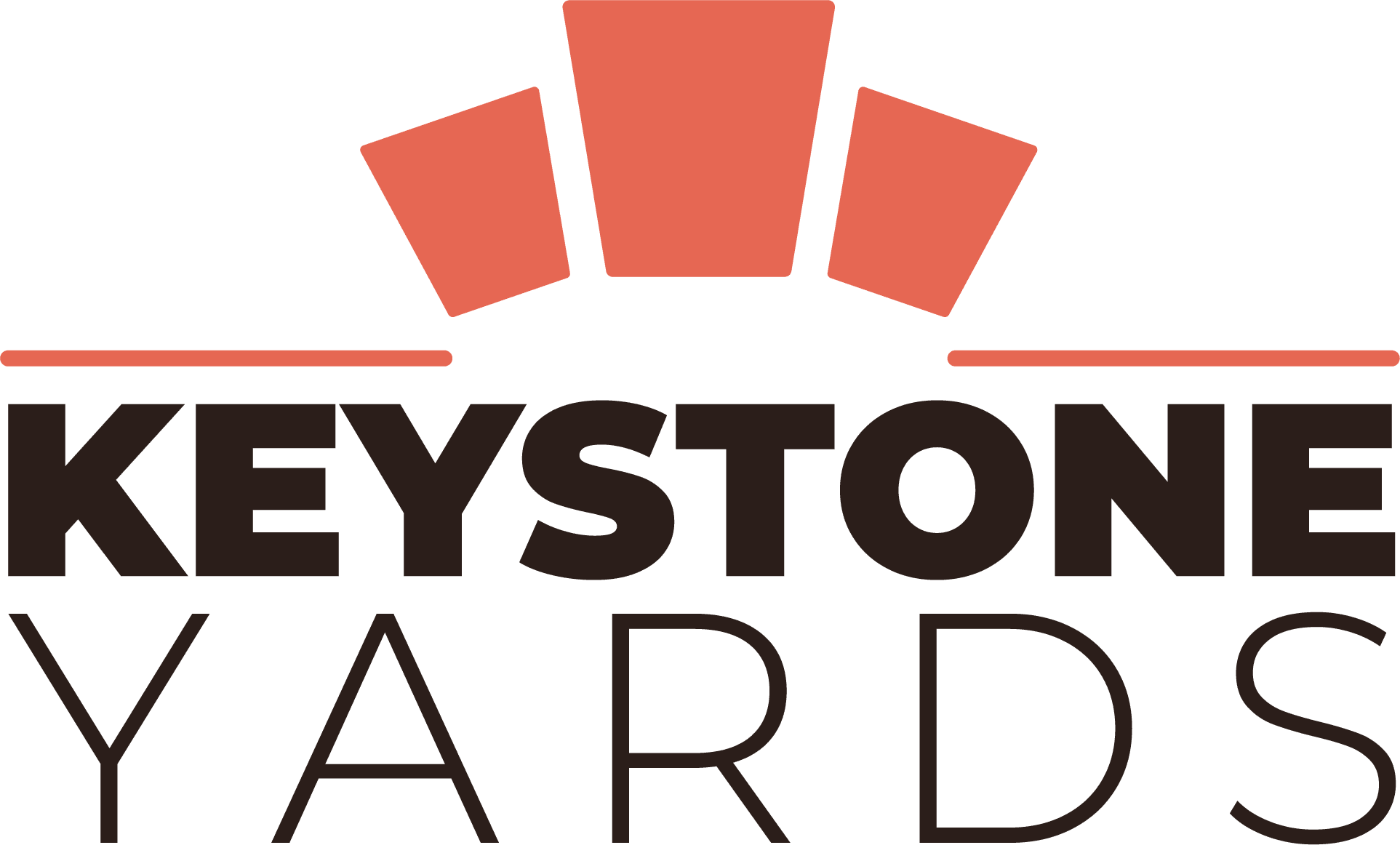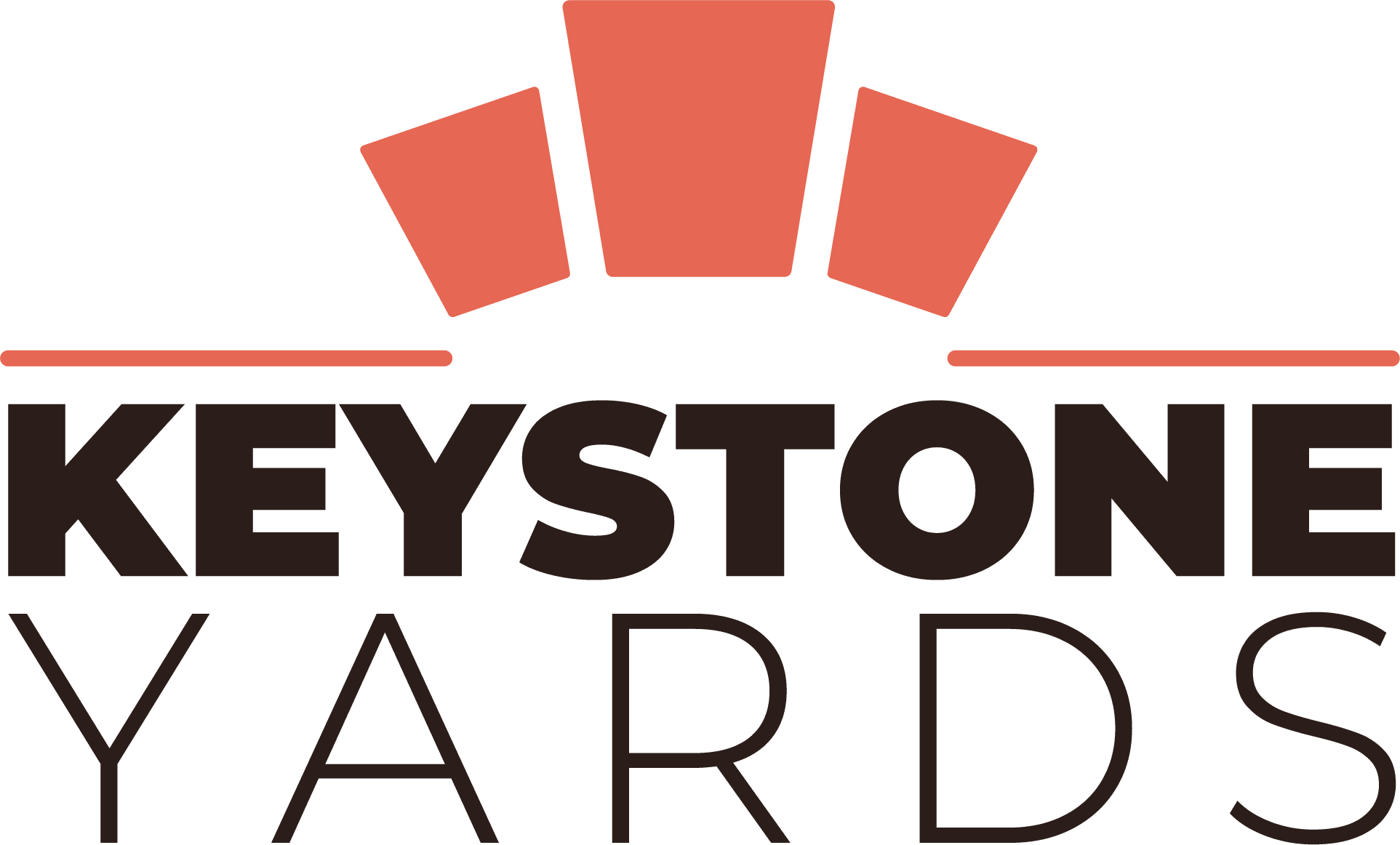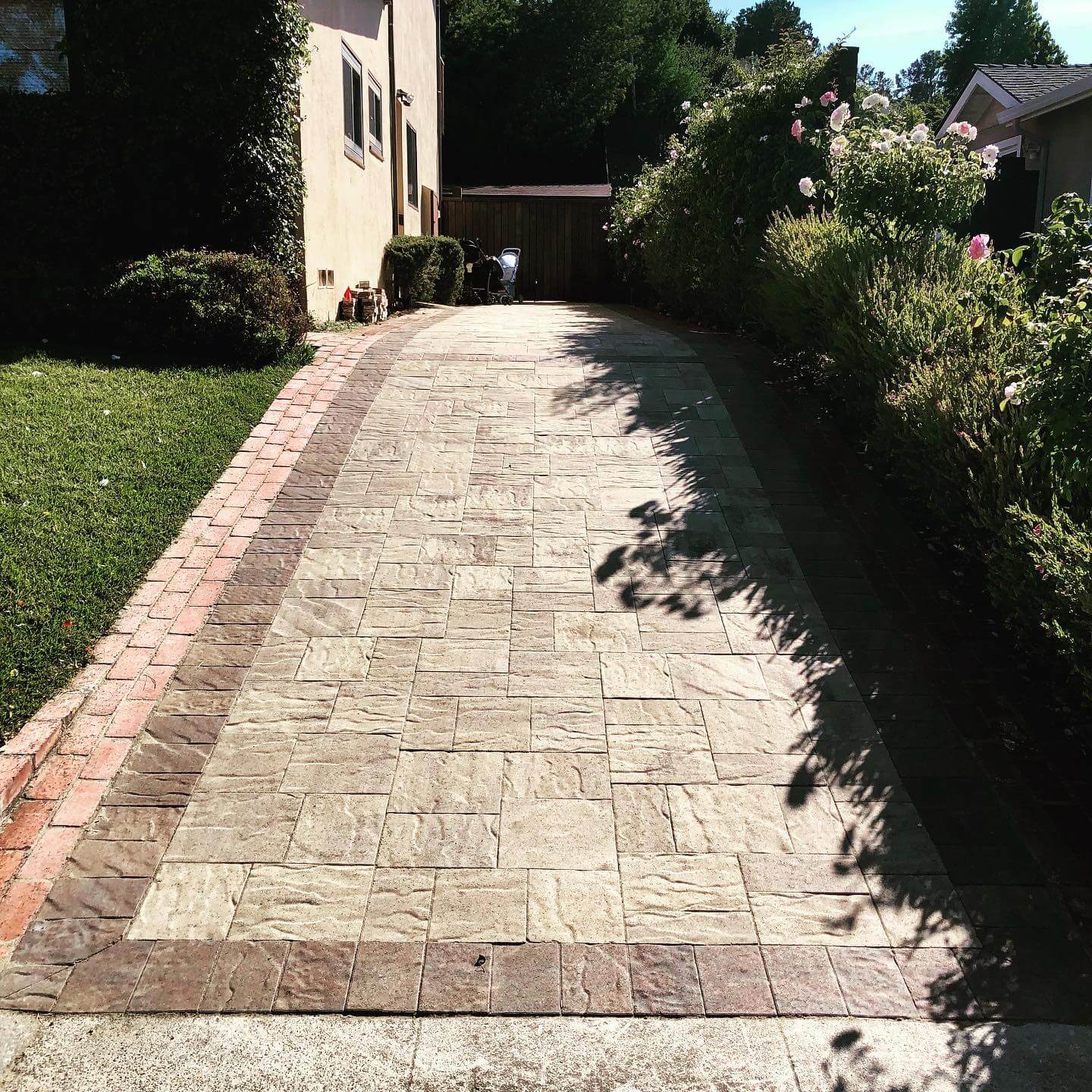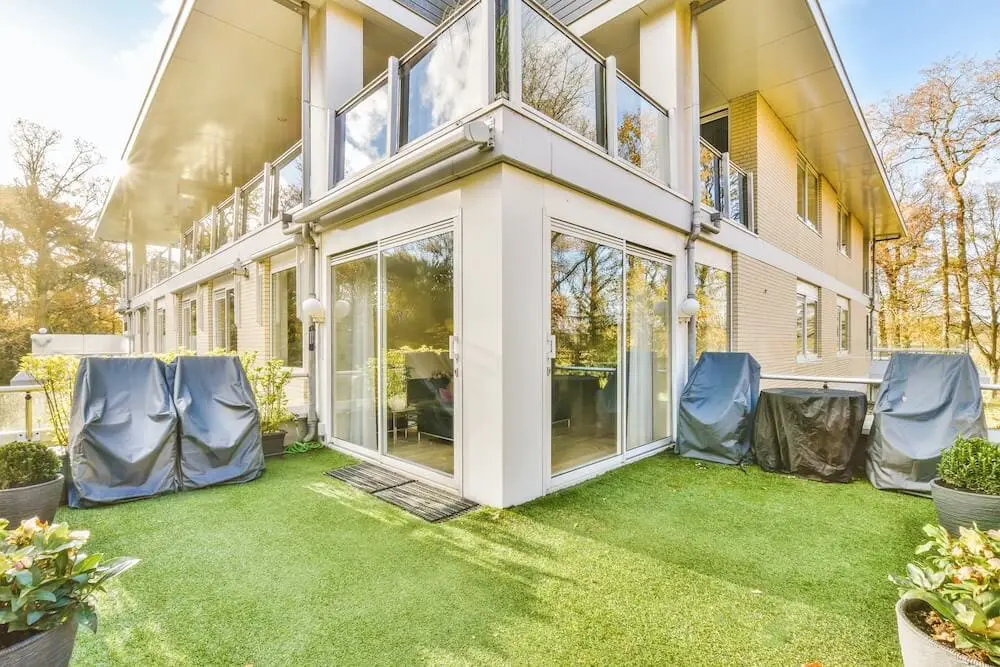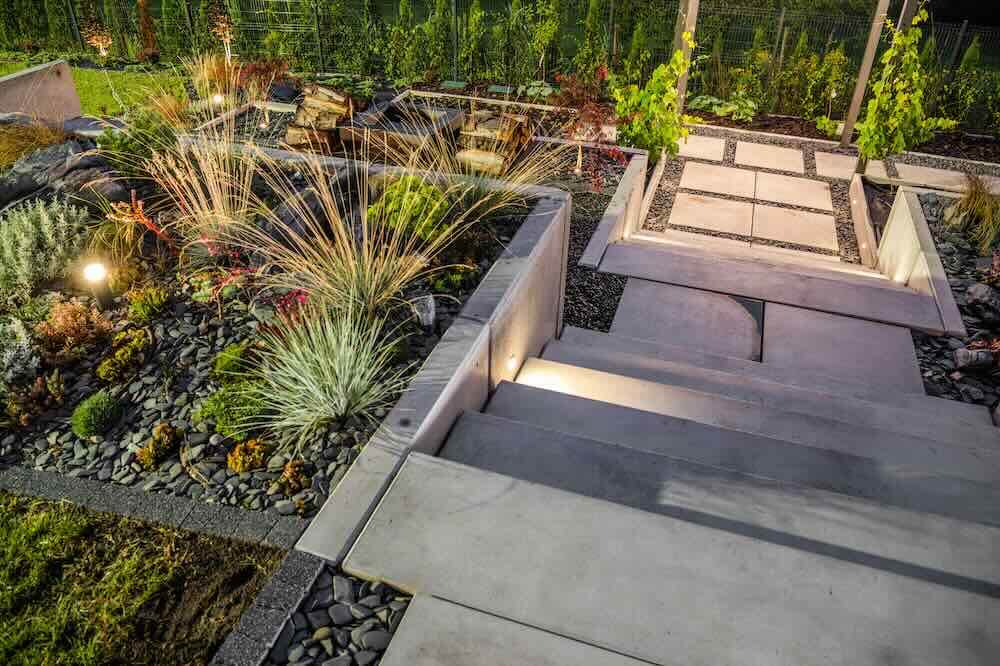
Why Retaining Wall Designs Matter for Sloped Yards
Sloped yards can bring natural beauty to a property—but they also come with built-in challenges. From uneven terrain and erosion to limited usable space, these landscapes often require more than just clever planting. That’s where custom retaining wall design makes all the difference.
The benefits of retaining wall designs for sloped yards extend far beyond basic structure. These walls shape the landscape, unlock flat areas for outdoor living, and provide critical protection against shifting soil and water runoff. When planned with intention, they also add texture, contrast, and elegance—elevating both function and curb appeal.
Whether you want to build out a terraced garden, stabilize your hillside property, or create level space for a patio or lawn, the right wall system can transform a difficult yard into one of your home’s biggest assets.
In this guide, we’ll explore what retaining walls really do, what separates a functional build from a beautiful one, and why custom solutions matter when working with elevation.
The Structural Power Behind Great Design
When it comes to building on a slope, structural stability isn’t optional—it’s foundational. Retaining walls provide essential support by holding back soil, redirecting water flow, and preventing erosion that could otherwise threaten your property’s safety and integrity.
Done right, these walls are engineered to solve multiple problems at once:
- They prevent hillside movement during storms or irrigation.
- They reduce soil pressure against foundations and hardscapes.
- They manage drainage to minimize standing water or runoff.
- They allow for level areas, making patios, lawns, or walkways possible.
But the most effective systems aren’t just utilitarian. A professional-grade retaining wall integrates smart engineering with thoughtful design. Instead of looking like a barrier, it can enhance the layout and feel like a natural extension of the outdoor space.
This phase requires more than stacking blocks. It demands structural know-how, site-specific planning, and attention to long-term performance. That’s why retaining walls should never be treated as DIY projects or afterthoughts—they’re foundational investments in your property’s future.
Creating Usable Space with Style
Sloped terrain limits how much of your yard you can actually use—but retaining walls change that. They make room for patios, gardens, lawns, and walkways by flattening uneven land into purposeful, structured levels.
This is where engineering meets livability. With the right design, retaining walls can shape your property into a series of functional, beautiful outdoor “rooms.” Instead of one steep grade, you gain multiple tiers of usable square footage.
Here are just a few ways retaining walls make that possible:
- Build terraced garden beds that showcase native or ornamental plantings.
- Carve out level zones for entertaining, like stone patios or dining areas.
- Define transitions between outdoor features—pool decks, fire pits, or lounge areas.
Well-executed designs don’t feel forced. The goal is to make the space feel natural—like the land was always meant to function this way. With expert planning, these walls become quiet heroes of the layout, shaping flow without shouting for attention.
And for properties with views, leveling outdoor spaces can offer better vantage points for seating or gathering—another design advantage that adds enjoyment and long-term value.
What Makes a Retaining Wall Design Successful
Not all retaining walls are created equal. In fact, a poorly designed one can cause more problems than it solves. When dealing with a sloped yard, design success comes down to more than just holding back soil—it’s about long-term stability, drainage, and how well the wall integrates into the overall landscape.
There are several key elements that contribute to a strong, lasting, and attractive retaining wall:
- Engineering and load calculations to ensure the wall can withstand lateral pressure over time
- Proper drainage systems, like weep holes or gravel backfill, to prevent water buildup behind the wall
- Materials suited to the style of the property, such as natural stone, modular block, or concrete with texture
- Height regulations and permitting, which vary by municipality and affect design feasibility
- Cohesion with the rest of the outdoor space, so the wall feels integrated, not imposed
The most successful walls are both functional and beautiful. They disappear into the environment visually, yet perform critical work behind the scenes. Getting there requires both thoughtful design and expert construction—no shortcuts.
Whether it’s a low decorative terrace or a tall structural wall, success starts with the right approach. That’s why working with professionals who understand slope dynamics, soil behavior, and landscape architecture is essential for any hillside property.
Customization That Reflects the Property
No two sloped yards are the same—so no two retaining walls should be either. The best designs are custom-built to match both the contours of the land and the style of the home. Beyond structure, walls can bring elegance, cohesion, and even drama to the overall landscape.
When done well, a retaining wall becomes part of the property’s identity.
Design teams often customize wall features to reflect the property’s goals and aesthetics:
- Natural stone veneers for a timeless, estate-like look
- Modern concrete or plaster finishes for clean, architectural lines
- Terraced walls with built-in planters to soften elevation changes
- Integrated lighting to highlight textures and improve safety at night
- Curved or tiered layouts that follow the land’s natural shape
These choices do more than decorate—they bring character and usability to areas that once felt too steep or disconnected.
On premium properties in places like Napa or Sonoma, retaining walls aren’t just functional—they’re part of the landscape architecture. Each detail is carefully selected to feel intentional, not just necessary.
Blending Retaining Walls into the Landscape
A well-designed retaining wall should support the land—not distract from it. That’s why design integration matters just as much as structure. The most compelling walls disappear into the terrain, adding elegance and flow instead of feeling out of place or overly engineered.
To make a wall feel intentional, designers often rely on:
- Natural material choices that mirror nearby hardscape or architecture
- Softened transitions using planting beds, vines, or built-in seating
- Layered terraces that follow the hill’s natural slope and reduce visual bulk
- Consistent color palettes that tie the wall into its surroundings
- Functional features like stairs, lighting, or drainage worked into the layout
When walls are designed with the entire yard in mind, they support not only soil—but a harmonious outdoor space. Sloped properties stop feeling segmented and start feeling like fully usable, beautifully unified environments.
For hillside homes in regions like Sonoma, this approach can make all the difference. It turns terrain challenges into design opportunities.
Retaining Wall Design That Elevates the Whole Yard
Smart retaining wall design doesn’t just solve problems—it opens up creative, usable space. For sloped yards, it’s the foundation that makes everything else possible. With the right planning, materials, and expert execution, a retaining wall can enhance curb appeal, prevent damage, and add lasting value to your property.
Whether you’re imagining a terraced garden, a hillside patio, or simply need to protect your landscape from erosion, investing in well-planned retaining wall solutions can reshape your yard—and how you enjoy it.
Curious what’s possible for your hillside landscape? Get in touch to discuss how a professionally built retaining wall can support the way you live.
